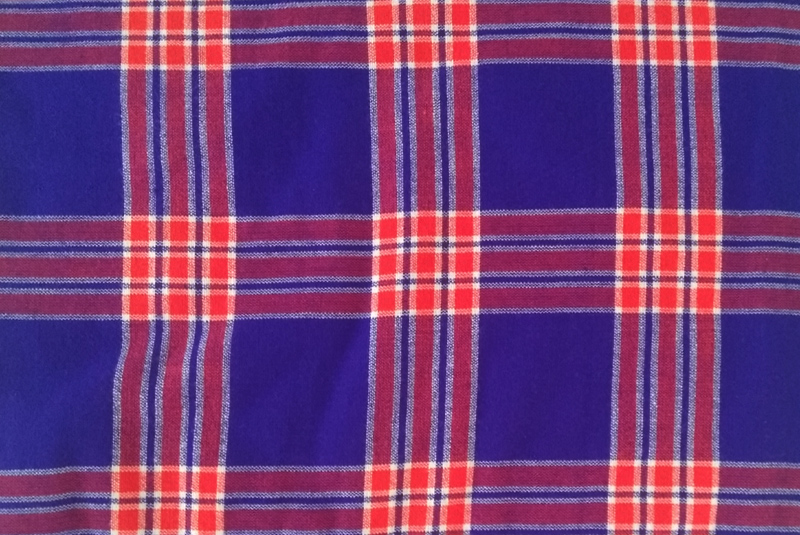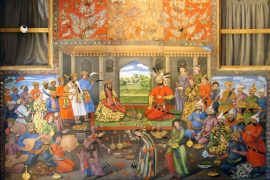The English spent a lot of time in India; more than 300 years. During this time, they changed the landscape of the country, for better or for worse. But they weren’t the only ones who came to the country.
The Scottish, the Irish, the Dutch, the French, and the Portuguese, the Danish, the Armenians, the Persians, the Arabs, among others, came to trade with the country. In the process, they established ‘factories.’
Slowly, over time, to protect their trade interests, traders established their own armies, and set up ‘colonies’ in the sub-continent. And through the centuries, they fought amongst themselves and tried to establish their dominion over the country. Once they gained control, they took away vast amounts of wealth from the country.
The history of the subcontinent is inextricably linked to colonialism. From food and fashion to armies and enterprises–much of what we witness in the subcontinent is woven through the colonial past. Today, ‘post colonial’ societies, as they are called, seem to be the children of globalisation, a strange mix of cosmopolitanism and conservatism.
One can witness the manifestations in several ways; Indians eating potatoes, introduced into India by colonialism; Indians obsessing over cricket; Indian men wearing suits, shirts and trousers are all examples of colonial past.
The Scots, too, have left something of their own: The Scottish Madras is a great example.
-30-
Copyright©Madras Courier, All Rights Reserved. You may share using our article tools. Please don't cut articles from madrascourier.com and redistribute by email, post to the web, mobile phone or social media.Please send in your feed back and comments to [email protected]











